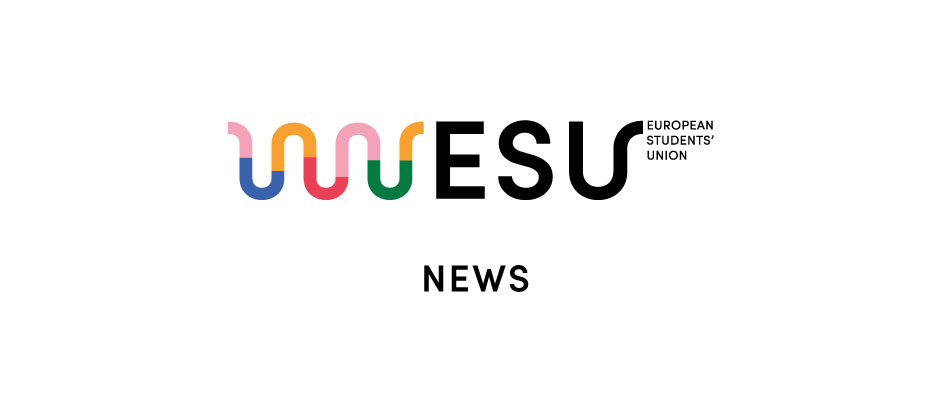
Private Financing Increases Funding Stake
The Institute for Higher Education Policy’s (IHEP) – www.ihep.org/gcpf/ – Global Center on Private Financing of Higher Education (GCPF) released a report that explores the growing importance of private capital to nations where governments seek additional resources to share the rising costs per student and increasing enrolment rates.
“The Global State of Higher Education and the Rise of Private Finance” reports an overview of international good practices and lessons learned from individual countries where the business of tapping into private finance as a supplemental funding source has increased in the past two decades.
Viewing the expenditures on higher education world wide we can say that in 53 countries (among them are Australia, Korea, Poland, and the United States) in 2002, 63 percent came from public sources and 37 percent came from private sources on average. In some countries with growing middle-income populations (e.g., Argentina, Chile, and Jamaica), data from 2003 show that the average share of private expenditures stood at 43 percent, while public expenditures stood at 57 percent. In this group of countries, private finance came much closer to playing the role of an equal partner in financing higher education. In advanced industrial countries, private finance plays a smaller but growing role; it accounted on average for only 23 percent of higher education finance in 2003, with public money covering the other 77 percent. Among these countries there is a great deal of variation, with private financing of higher education ranging from more than 50 percent in the United States, Australia, and Japan to less than 10 percent in Austria, Denmark, Turkey, Norway, and Portugal.
The rise of private finance is caused by demographics and economics. People are obtaining a secondary degree, getting qualified for higher education. In addiction higher enrolment and graduation rates at the secondary level have created pressing demands on universities around the world. The number of students enrolled has increased in almost every region of the world. Latin America saw the greatest gains between 1999 and 2004, with the percentage of youth enrolled rising from 62 to 72 percent. In Central Eastern Europe in the same period, that figure rose from 81 to 88 percent. Also globalization and technological innovation have brought about major structural changes in the world economy. “This is an extraordinary time as various financing options become available to individuals whose lack of finances formerly made it impossible to access higher education,” said IHEP President Jamie P. Merisotis. “The popularity of private financing has grown so tremendously that it now serves as a critical supplement to public funds. The result is expanded opportunities for those who understand that education is now a necessary part of having a successful life and strong global economy.”
RECENT INNOVATIONS OF PRIVATE FUNDING
Subsequently private funding develops a sort of all kind of innovations, such as: collaboration between university and industries allowing universities to become more entrepreneurial and to diversify their revenue streams through fees, royalties, and equity investments. In this point United States are in the front-runner; philanthropic cycle where private finances establishes risk-sharing facilities to provide loans on subsidized terms to students and parents using an initial cash reserve given to cover any first losses. Another example of a new development in philanthropy is the spread of American-style endowment campaigns in many countries of the world; and a securitization in the sense that facilitates the issuance of student loans and the payment of tuition fees. This process allows markets to place a price on the risk of default and sell this risk to willing investors via a bond issuance.
